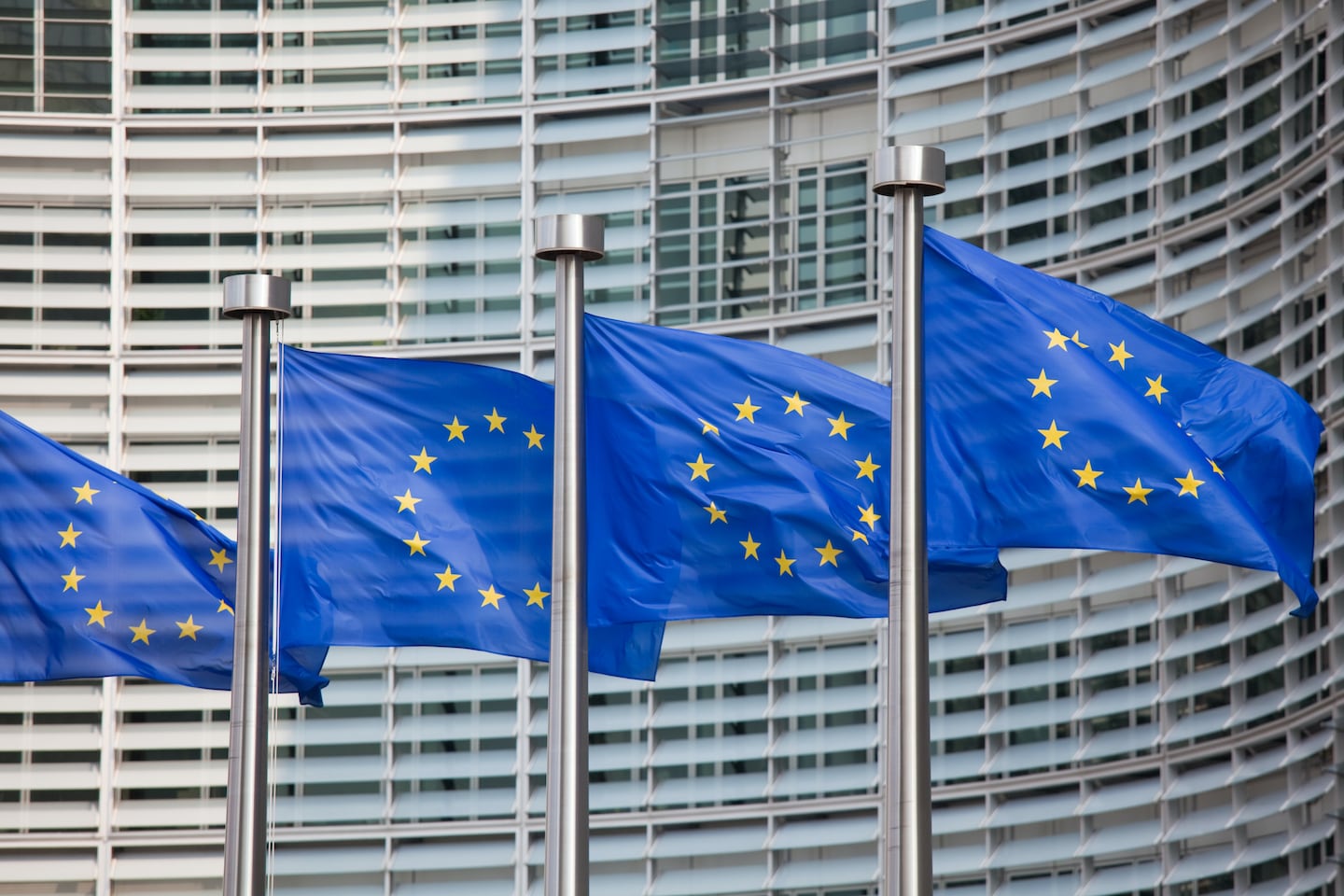
The Business of Fashion
Agenda-setting intelligence, analysis and advice for the global fashion community.

Agenda-setting intelligence, analysis and advice for the global fashion community.

The European Union on Tuesday started to consider a proposal to ban widely used substances known as PFAS or “forever chemicals” in what could become the bloc’s most extensive piece of regulation of the chemical industry.
The substances have been used in tens of thousands of products, including aircraft, cars, textiles, medical gear and wind mills due to their long-term resistance to extreme temperatures and corrosion, but PFAS have also been linked to health risks like cancer, hormonal dysfunction and a weakened immune system as well as environmental damage.
The five countries — Germany, the Netherlands, Denmark, Sweden and non-EU state Norway — which have been collaborating on the proposal said in a joint statement that, if passed, it would become “one of the largest bans on chemical substances ever in Europe”.
“A ban on PFAS would reduce quantities of PFAS in the environment over the long term. It would also make products and processes safer for humans,” they added.
ADVERTISEMENT
Companies will be given between 18 months to 12 years to introduce alternatives substances, depending on the application and availability of alternatives, according to the draft proposal.
Makers and users of PFAS, which have formed a lobby subgroup under the European chemical makers’ association CEFIC, include BASF, 3M, Bayer, Solvay, Merck KGaA and Synthomer.
“In many cases, no such alternatives currently exist, and in some they possibly never will,” the five countries said in their statement, adding that companies now need to start to find substitutes.
The moniker “forever chemicals” stems from their ability to accumulate in water and soils because they do not decompose as a result of an extremely strong bond between carbon and fluorine atoms that characterise them.
It will likely take years before the ban takes effect.
Within the European Chemicals Agency (ECHA), two scientific committees for Risk Assessment (RAC) and for Socio-Economic Analysis (SEAC) will now review whether the proposal conforms with wider EU regulation of chemicals known as REACH, followed by a scientific evaluation and consultation with the industry.
ECHA has said that the two committees may need longer than the usual 12 months to conclude their evaluation. Afterwards, the European Commission and EU member states will decide on potential restrictions.
In other regions, initiatives to restrict PFAS are also underway. US industrial conglomerate 3M Co in December set itself a 2025 deadline to stop producing them.
ADVERTISEMENT
In November, 3M and DuPont de Nemours Inc were among several companies sued by California’s attorney general to recover clean-up costs.
Shareholders have also called for production of the chemicals to stop. Investors managing $8 trillion in assets earlier this year wrote to 54 companies urging them to phase out their use.
In August, the United States government said it will propose designating certain forever chemicals as hazardous substances under the US Superfund programme.
DuPont has said it was limiting the use of PFAS to “essential industrial applications” and working with customers to pursue alternatives.
Between 140,000 and 310,000 tonnes of PFASs were sold in European markets in 2020, and the overall annual health costs from exposure to PFAS in Europe has been estimated to be 52 billion-€84 billion ($55.72 billion-$90.01 billion), according to the draft.
By Ludwig Burger; Editor: Susan Fenton
Learn more:
The Multi-Billion-Dollar Question for Sustainable Fashion
How to best spend the large sums it will take to cut the fashion industry’s carbon emissions? The Apparel Impact Institute is launching a pre-vetted portfolio of climate solutions in an effort to better direct investment.
The fashion industry continues to advance voluntary and unlikely solutions to its plastic problem. Only higher prices will flip the script, writes Kenneth P. Pucker.
The outerwear company is set to start selling wetsuits made in part by harvesting materials from old ones.
Companies like Hermès, Kering and LVMH say they have spent millions to ensure they are sourcing crocodile and snakeskin leathers responsibly. But critics say incidents like the recent smuggling conviction of designer Nancy Gonzalez show loopholes persist despite tightening controls.
Europe’s Parliament has signed off rules that will make brands more accountable for what happens in their supply chains, ban products made with forced labour and set new environmental standards for the design and disposal of products.